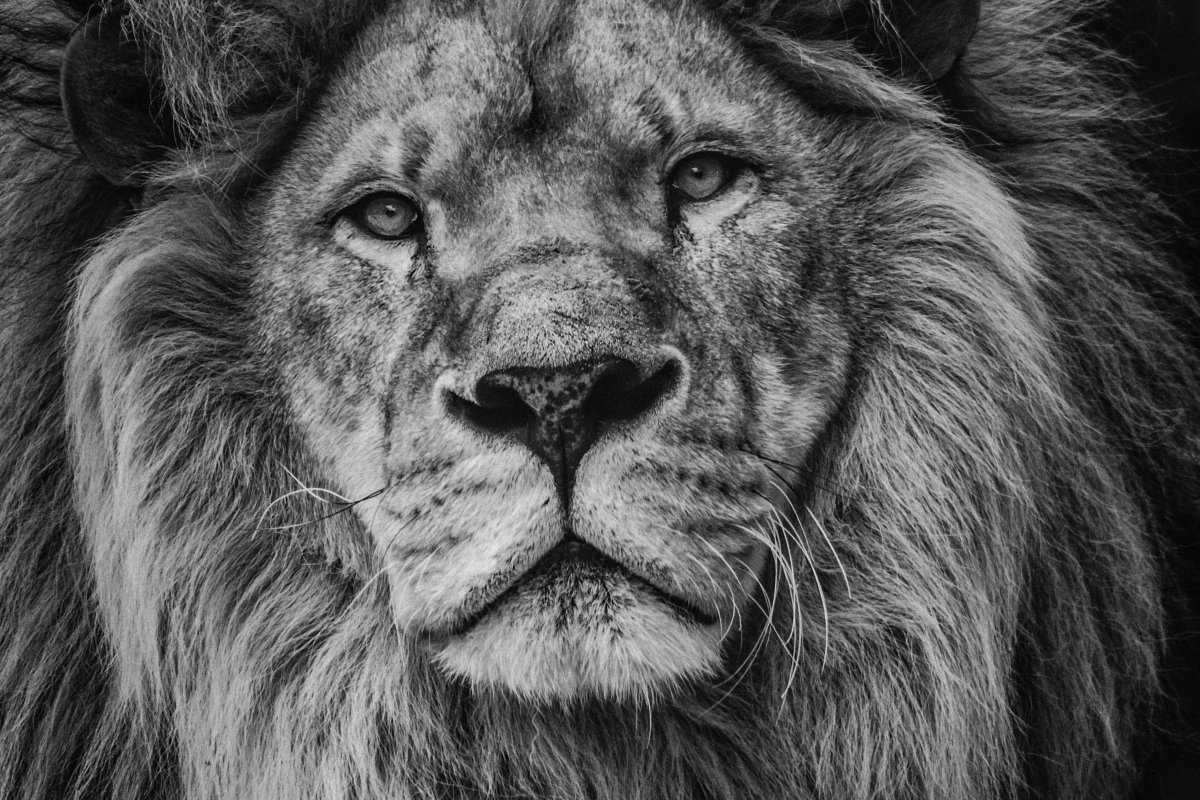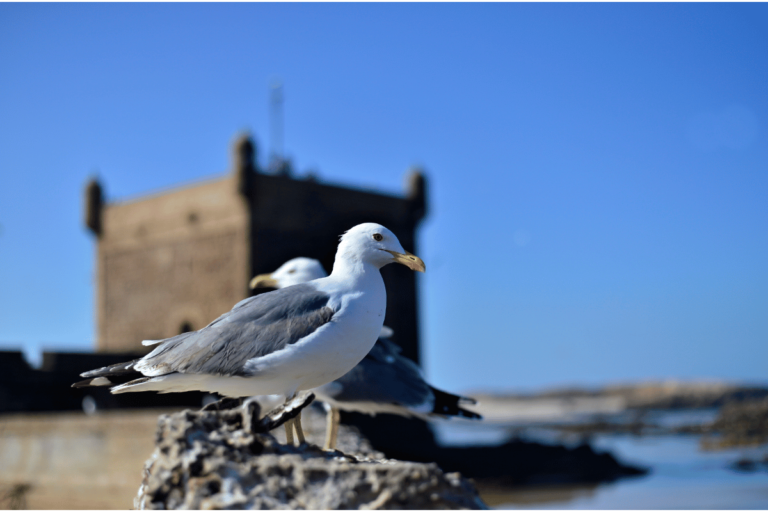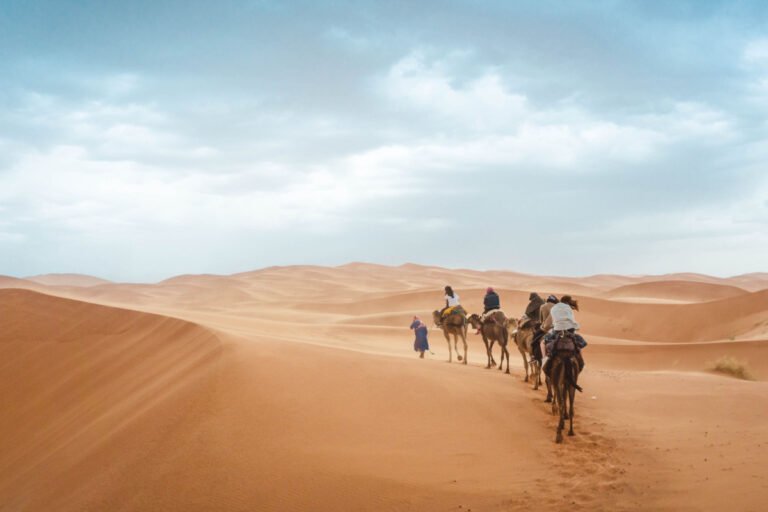I. Introduction:
The Atlas Lion is a species of Barbary lion that historically ranged across Northern Africa and parts of Southern Europe, but is now extinct in both areas due to hunting and possible hybridization with other lion populations in captivity or the wild. It was one of two subspecies of lions found in North Africa and one of three recognized lion subspecies on the African continent, all of which are now extinct.
A. Definition of the Atlas Lion:
The Atlas lion, also known as the Barbary lion or Nubian lion, is a subspecies of the African lion (Panthera leo), whose range historically extended across much of North Africa and parts of Southern Europe. It was considered to be one of two subspecies found in North Africa, with the other being the Caucasus or Asiatic lion (Panthera leo ciscaucasica). It has also been suggested that it may have hybridized with other lion populations in captivity or in the wild, such as lions from India or Central Africa.
B. Historical Significance:
The Atlas Lion was an important symbol of power in the ancient world, and was seen as a symbol of strength and courage. It was also an important figure in Egyptian mythology, where it was regarded as a protective spirit that would protect the pharaohs from harm.
Atlas lion vs Barbary lion:
The Atlas lion and Barbary lion are often used interchangeably to describe the same species, as they are both subspecies of the African lion. The main distinction between the two is that the Atlas lion is found in North Africa while the Barbary lion is found in Sub-Saharan Africa. Additionally, some zoologists believe that there may be small differences in size and coloration between the two subspecies, but further research is needed to confirm this.
Atlas Barbary lion in Morocco:
The Atlas lion was historically found in Morocco, where it was known as the Barbary lion. Unfortunately, this species is now extinct in the wild due to hunting and habitat loss. However, there have been reports of sightings of lions which may be descendants of the Barbary lion, although these are yet to be confirmed by scientific research. In addition, conservation efforts are ongoing to try and increase their numbers in captivity through captive breeding programs.
II. Physical Characteristics:
A. Appearance:
The Atlas lion is a large cat with a sandy yellow coat, characterized by its long mane which can reach up to two feet in length. The males tend to be larger than the females, weighing between 250-350 pounds on average and standing around four feet at the shoulder when fully grown.
B. Habitat & Behavior:
Historically, the Atlas lion was found across much of North Africa including modern day Tunisia, Algeria and Morocco; as well as in parts of Southern Europe. It was a social animal, living in prides that would typically consist of three to five individuals. The lions were mainly active during the night and spent most of their time hunting or patrolling their territory.
III. Conservation Status:
A. Threats to their Survival:
Historically, the Atlas lion population had been heavily affected by hunting for sport and trophies, as well as habitat loss due to human expansion into its range. More recently, there have also been concerns about possible hybridization with other lion populations, which could lead to further decline in the species’ numbers.
B. Efforts to Preserve the Species:
There are currently no wild populations of Atlas lions remaining and the species has been declared extinct in the wild. However, there are currently a number of conservation efforts in place to try and increase the numbers of captive Atlas lions, through captive breeding programs.
IV. Conclusion:
The Atlas lion was an iconic species that once roamed across much of North Africa and parts of Southern Europe. Unfortunately, it is now extinct in both regions due to hunting and possible hybridization with other populations. Conservation effort are ongoing to try and increase their numbers in captivity, but further work needs to be done if we want to ensure the survival of this majestic species.

The Editorial Team is a passionate group of Morocco enthusiasts dedicated to sharing the beauty, culture, and wonders of this captivating country. With diverse backgrounds and a deep love for travel, we strive to bring you engaging and informative content that inspires your Moroccan adventures. From uncovering hidden gems and sharing local insights to exploring mouthwatering cuisine and showcasing the vibrant lifestyle, our team is committed to providing you with valuable resources and exciting stories that enhance your exploration of Morocco. Join us on this journey as we celebrate the rich heritage and unforgettable experiences that make Morocco truly special.






